The Great Resignation Hits Higher Ed
This decade has been one big bummer for U.S. workers, and the data confirms it: Prudential’s “Pulse of the American Worker” survey claimed more than half would switch jobs if they could. The same report said 1 in 4 “plan to look for a new job post-pandemic.”
So where does that leave higher ed designers? In our conversations with them, we repeatedly hear about a feeling of overwhelm – but, as the conservation continues, it often reveals even deeper emotions of ambivalence – a feeling that the job as it is today is not what they signed up for.
It’s a common feeling with many causes. To say higher education is highly polarized at present is a gross understatement. Generational, racial, political, and cultural issues create constant stress. These big-picture issues are compounded by a persistent and fundamental misunderstanding about who designers are, what they do and why they are so important to the university’s strategic goals. Designers have been asked to do work that they may feel is demeaning or just plain soul-crushing. And for what? Budget cuts and always more work.
In short, shit’s been a little depressing.
It’s not without merit that many designers are thinking about bailing on higher ed right now (maybe even you). Boxed in employees make for cagey staff meetings. Worn-out folks walk away from jobs.
We have learned that designers have a unique ability on higher ed marketing teams to punch up good ideas and punch holes in bad ideas. This catalytic ability – to organize and visualize ideas for impact – ignites more than brands or enrollment numbers, though it does that, too. It ignites shared action. This powerful ability to create movement and persuade was once called commercial art for this precise reason.
So, to re-ask the question, where does that leave higher ed designers? Our analysis leads us to believe three key strategies will be important for higher ed designers to embrace.
Reimagine the role of designer – If you and your campus have not revisited your campus service model, now is the time. Higher ed designers have long been relegated to grueling production schedules without the benefit of additional staff or the higher pay their corporate peers often receive. But brands can be managed and developed much more effectively now thanks to design software, increasingly sophisticated campus partners and our hyper-documented digital culture.
Centralizing brand assets digitally and training partners using software tools like Zoom, YouTube, TikTok and others just makes sense. Think of all the campus fliers that weren’t made in 2020 and how little it mattered. It’s time for designers to be seen as creative directors and creative facilitators and not simply production drones (which was never cool to begin with).
Embrace remote and hybrid work – DWCo. has been fully remote since its launch in 2018. This comes with real challenges and requires a commitment to responsibility between team members – and to process improvement. It’s proven to be a great asset for our business continuity, and it’s also allowed us to create a staggered design workflow that means everything goes to our creative director Shelly with limited revision. Because we are in different time zones, (literally coast to coast) we get the added benefit of thinking through ideas before we unintentionally derail a design project with endless discussion and revision.
Many are very hesitant to embrace remote work because it simply doesn’t work with the old model. But let’s be real: The old model wasn’t great, either. Is there a worse place for designers than crammed in a sub-standard Soviet Bloc-styled higher ed marketing office? There is a better way and developing it is important. A remote (or hybrid) schedule requires clear documentation and good workflows, but it opens designers up to a multi-disciplinary approach that can yield benefits for both designer and department.
Be design advocates – Racism, sexism and ageism in design continue to be hot-button topics because they have not been fully addressed. From the 19th Amendment, to the I AM A MAN signs and sandwich boards of the 1968 Memphis Sanitation Strike, to the NAMES Project AIDS Memorial Quilt, design and designers have played a critical role in articulating, visualizing, and framing important issues.
But designers cannot ask for this seat at the higher ed table. They must demand it through well-researched advocacy that shows the importance of design as a tool in education, in communities and in workplaces. To do so requires designers to move out of the weeds and into the big ideas of our time. It will also require collective action – through organizations like UCDA and other advocacy projects.
So where do these three strategies leave higher ed designers?
Not in a place of happy talk, but with the experience that only comes from hard-earned lessons. The pandemic has left many of us at odds with our former professional activities, as well as the scope of the roles we once occupied. We know what we did in the past will not be enough to thrive in an ever-uncertain future.
And yet, here we are, with the same pitch: Design is important to higher ed, or else many of us would have given up on this work many years ago. Designers must rely on their strengths – relentless discovery, the ability catalyze action, effective advocacy – to seize the moment. Like so many designers before, we’ll be the first to swing a hammer, to grab a brush, to click the mouse. Why? It’s where we lead.
Shelly Jackman is the creative director for D. White & Company and Darren White is the lead consultant and co-host of DWCo. Show. They work with higher education to better assess, articulate, and activate their brands.




